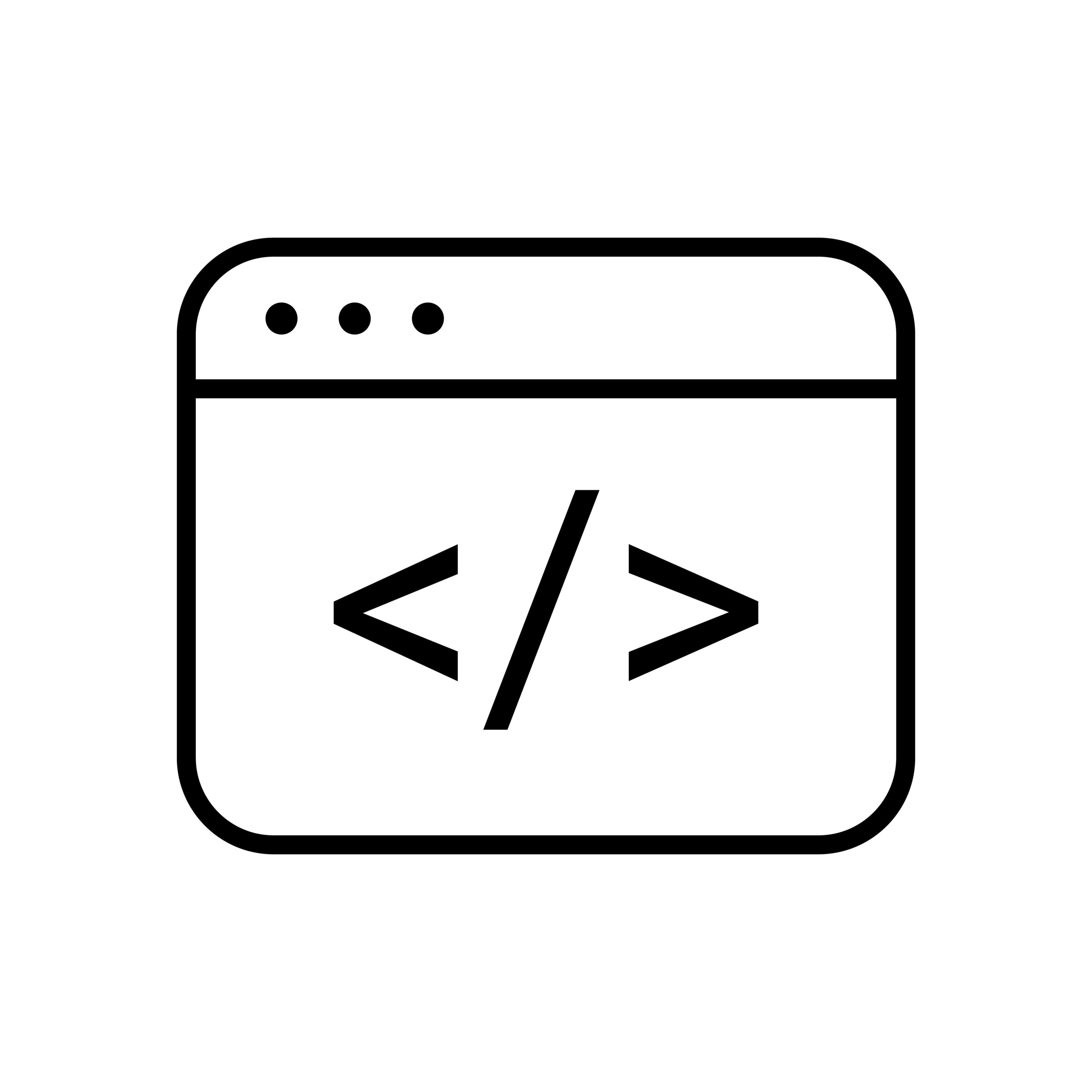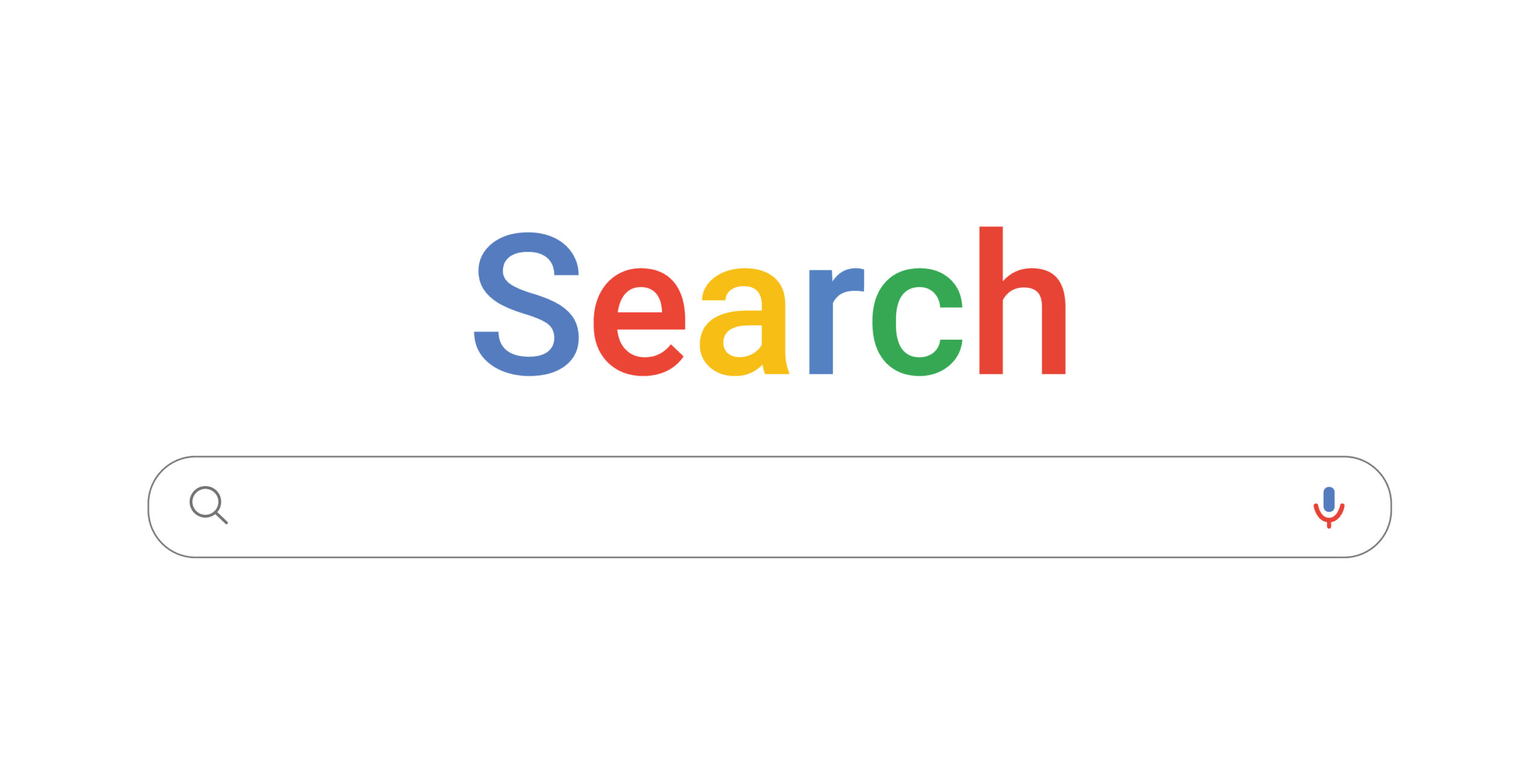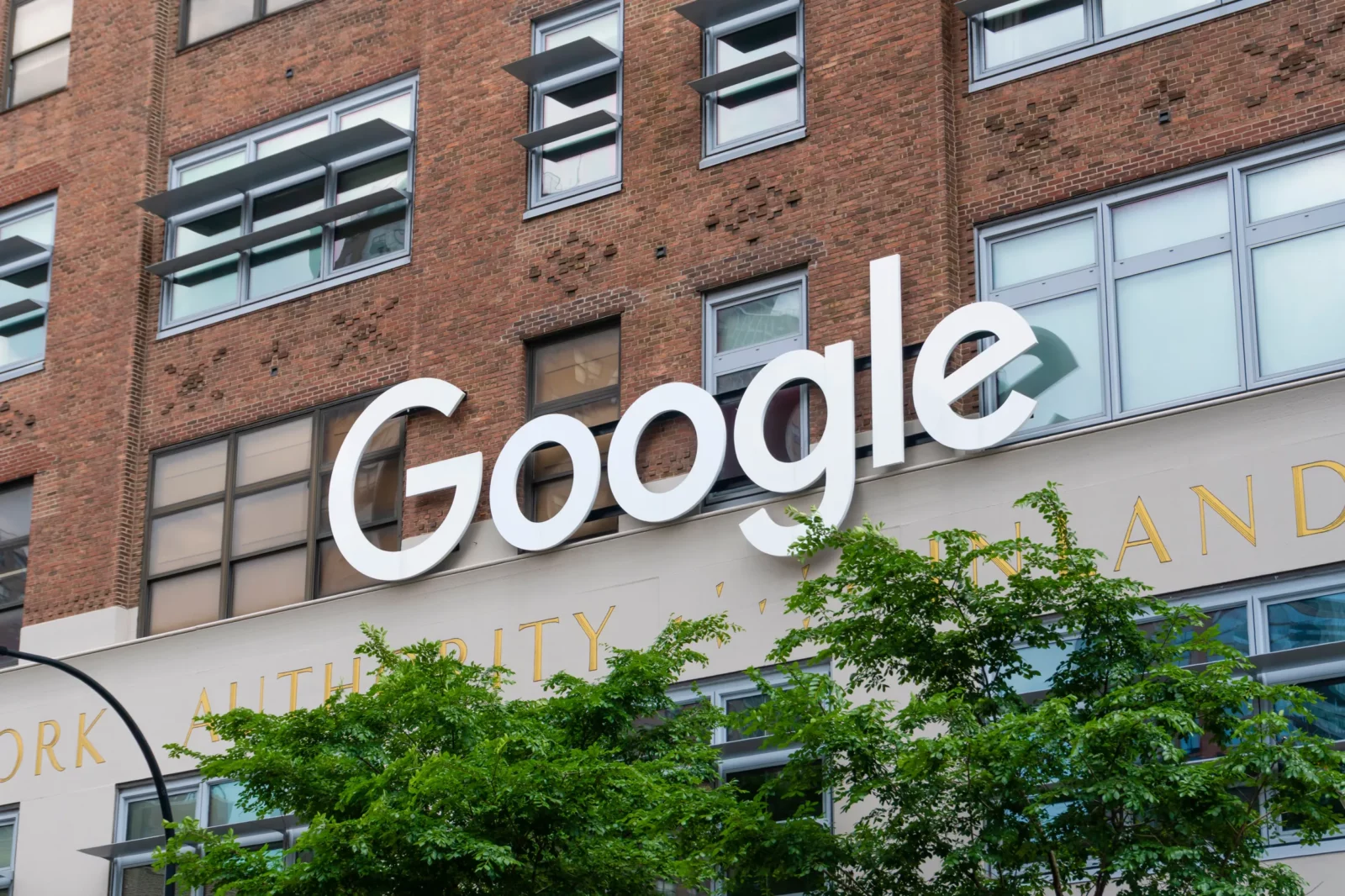The Federal Circuit’s Poorly Reasoned Decision in Oracle v. Google
As Matt reported earlier, the Federal Circuit issued a very disappointing decision today in the litigation between Google and Oracle that has the potential to upset well-established practices in the computer industry that encourage interoperability and competition.
The case is complex factually and procedurally. The main issue before the Federal Circuit was the protectability under copyright of elements of the Java Application Program Interface (API), which Google incorporated into the Android API. The lower court had ruled that the method headers (a line or two of code at the beginning of each subroutine) and the organization of the 37 Java API packages were not protected by copyright under 17 U.S.C. 102(b).
Following a lengthy oral argument last year, the Federal Circuit reversed, finding that these elements were protectable. The Federal Circuit remanded the case back to the trial court to determine whether Google’s copying was permitted under the fair use doctrine (17 U.S.C. 107).
The opinion written by Judge O’Malley reflects a fundamental misunderstanding of the controlling precedent. On non-patent matters, the Federal Circuit must apply the law of the circuit from which the case arose. Here, because the case was decided by a court in the Ninth Circuit, the Federal Circuit is required to apply Ninth Circuit law.
The law in the Ninth Circuit could not be more clear: program elements necessary for interoperability are not protectable under copyright. In Sega v. Accolade, the Ninth Circuit found that the Accolade reverse engineered “Sega’s software solely to discover the functional requirements for compatibility with the Genesis console – aspects of Sega’s programs that are not protected by copyright. 17 U.S.C. 102(b).”
Nonetheless, because the Sega court issued this ruling in the context of determining whether Accolade’s reverse engineering was a fair use, Judge O’Malley incorrectly held that the permissibility of copying interface information was a fair use question. She failed to appreciate that the Ninth Circuit’s conclusion that Accolade’s disassembly was a fair use was predicated on its holding that the interface information Accolade sought – “the functional requirements for Genesis compatibility” – was not protectable per Section 102(b). The Ninth Circuit explained in Sega that if reverse engineering were not permitted,
the owner of the copyright gains a de facto monopoly over the functional aspects of his work – aspects that were expressly denied copyright protection by Congress. 17 U.S.C. §102(b). In order to enjoy a lawful monopoly over the idea or functional principle underlying a work, the creator must satisfy the more stringent standards imposed by the patent laws.
The Ninth Circuit’s decision in Sony v. Connectix that fair use permitted the reverse engineering by Connectix likewise was predicated on the unprotectability of the interface information Connectix was seeking.
Additionally, Judge O’Malley brushed aside the First Circuit’s ruling in Lotus v. Borland, which found that the Lotus 1-2-3 command structure was an unprotectable method of operation. Instead, Judge O’Malley relied upon the long discredited Third Circuit decision in Apple v. Franklin that compatibility is “a commercial and competitive objective which does not enter into the … issue of whether particular ideas and expressions have merged.” She further mischaracterized Borland as suggesting that computer programs could not receive copyright protection because they were functional works.
Judge O’Malley also completely distorted the policy arguments made by Google and its amici. She said that the arguments “appear premised on the belief that copyright is not the correct legal grounds upon which to protect the intellectual property rights of software programs.” Nothing could be further from the truth. Google and its amici made clear that they completely agreed that copyright protected software. The question before the court was whether copyright protected these specific program elements necessary for interoperability.
For the past 20 years, since decisions such as Sega v. Accolade, Computer Associates v. Altai, and Lotus v. Borland, computer programmers in the United States have understood that copyright does not protect program elements necessary for interoperability. Based on this understanding, programmers have freely copied these elements, which has encouraged enormous creativity, innovation, and competition in the digital environment. Judge O’Malley’s decision casts doubt on this understanding. By ruling that interoperability is relevant only to fair use, and not to protectability, Judge O’Malley would require every developer to perform a fair use analysis before developing an interoperable product. This would place U.S. programmers at a competitive disadvantage to developers in other jurisdictions that recognized that copyright does not protect program elements necessary for interoperability. The Court of Justice of the European Union, for example, in the 2012 decision in SAS Institute v. World Programming Ltd., ruled that program functionality, programming languages, and data formats were not protectable under copyright.
One possible light at the end of the tunnel is that on remand, the lower court could rule that the copying of program elements necessary for interoperability is a fair use as a matter of law. After all, the Ninth Circuit in Sega held that “where disassembly is the only way to gain access to the ideas and functional elements embodied in a copyrighted computer program and where there is a legitimate reason for seeking such access, disassembly is a fair use of the copyrighted work, as a matter of law.” Such a ruling would restore the legal certainty that Judge O’Malley has upended.
Update: Further reflections on this subject here.
Jonathan Band is a DC-based attorney whose clients include Internet companies, providers of information technology, universities, library associations, and CCIA. He previously guest-posted on DisCo about the Oracle v. Google oral argument.








